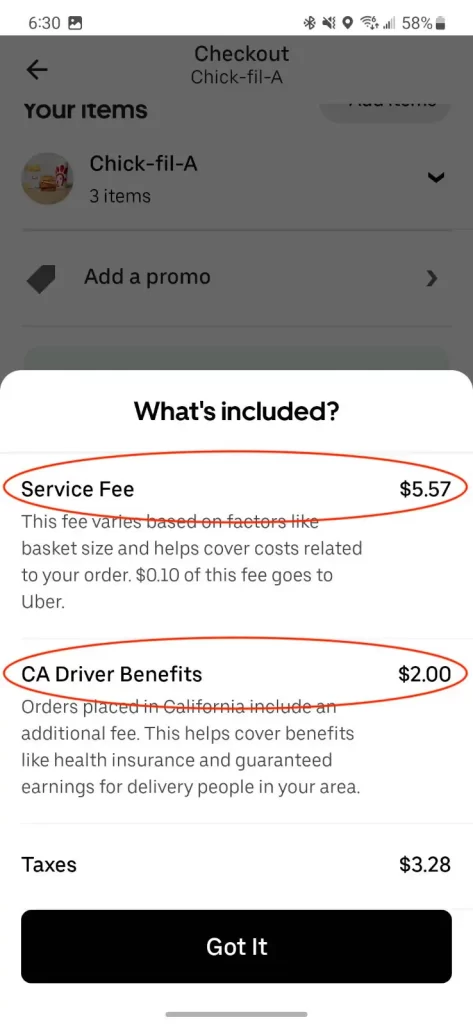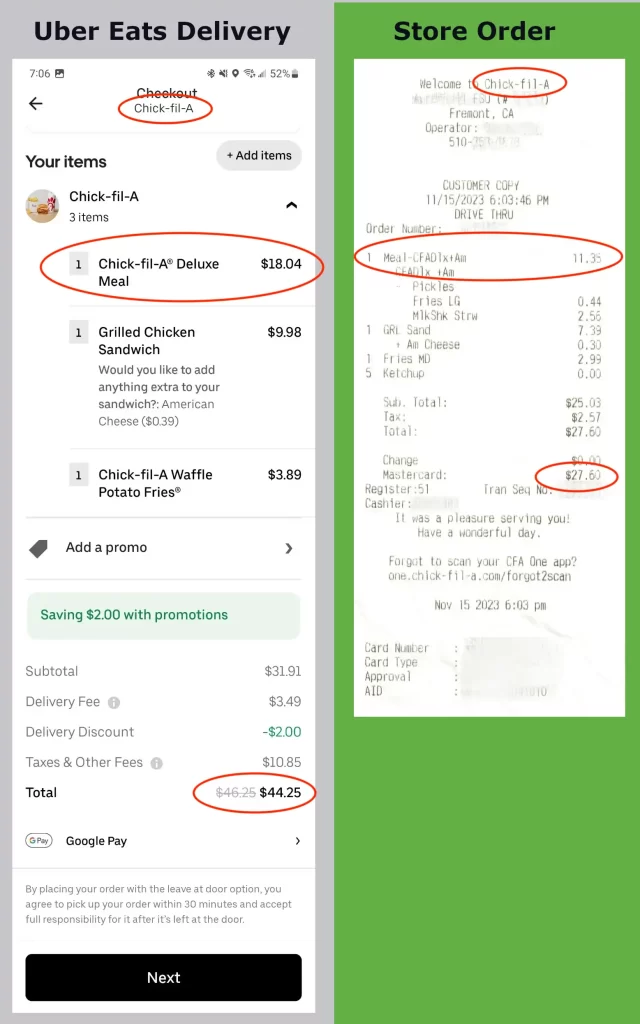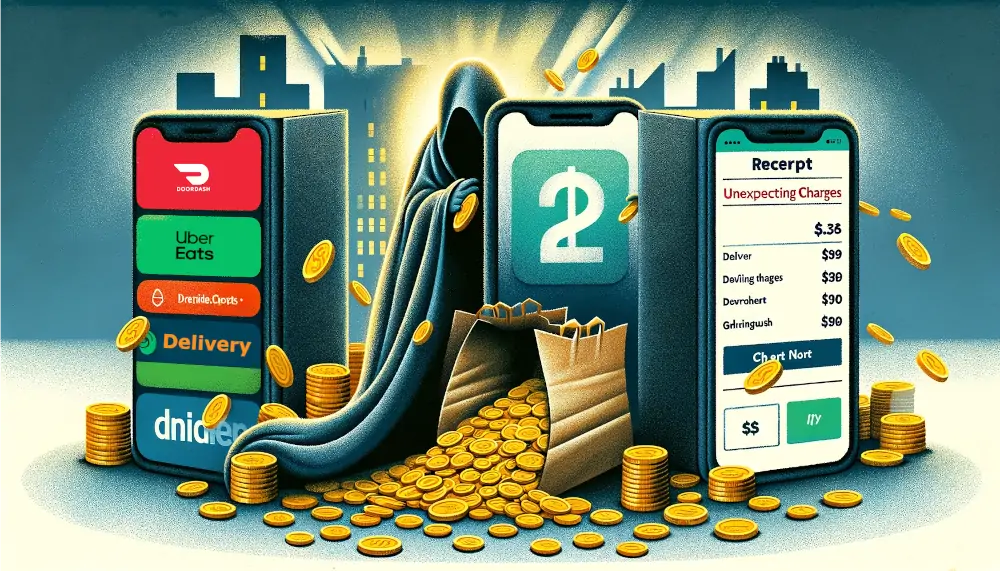In today’s fast-paced world, food delivery has become a staple for many. With the rise of online delivery platforms like UberEats, Doordash, and Grubhub, convenience is just a few taps away. But is this convenience worth the hefty price tag that often comes with it? Let’s dive into the cost comparison and explore whether ordering directly from the restaurant is a smarter choice.
The Major Players: Doordash, UberEats, and Grubhub
Doordash, UberEats, and Grubhub are the titans of the online food delivery market, each offering a vast selection of restaurants and user-friendly interfaces that have revolutionized the way we order food. Doordash, known for its extensive network of partnerships, excels in providing a wide variety of dining options, including local favorites and national chains. UberEats leverages its parent company’s expertise in logistics to offer efficient delivery services, often integrating promotions with its ride-sharing services. Grubhub, one of the pioneers in the industry, stands out for its user-friendly platform and loyalty programs. While these services provide unparalleled convenience and variety, customers should be mindful of the added costs, such as delivery fees, service charges, and price markups on menu items, which can significantly inflate the total cost of an order. These factors are essential to consider for those who frequently rely on these apps for their meals, balancing convenience with budgetary considerations.
The Price of Convenience: 30-60% Extra Charges
One of the most significant downsides of ordering through these platforms is the added cost. On average, they charge an extra 30-60% on top of your overall order. For example, a Chick-fil-A Deluxe meal, a popular item from a restaurant like Chick-fil-A, may cost $18.04 with UberEats delivery, whereas ordering directly from the restaurant could be as low as $11.35. That’s a substantial price difference for the same meal.
Hidden Fees: Taxes & Other Fees
Online delivery platforms often obscure additional costs under the label of “Taxes & Other Fees.” The breakdown of these hidden fees is not readily visible until you click on them, making it challenging for consumers to understand what they’re actually paying for.
It’s important to note that some of these fees, such as lump sum “Service Fee” and “CA Drive Benefits,” are not taxes but rather fees collected by the delivery platforms themselves. They are sometimes presented under “Taxes & Other Fees,” misleading customers into thinking they are government-imposed charges.
Legal or Deceptive? Understanding the Fee Structure
The legality of grouping various service charges and platform-specific fees like “Service Fee” and “CA Drive Benefits” under “Taxes & Other Fees” raises questions. This practice can be misleading, as it suggests these are mandatory taxes rather than additional costs imposed by the delivery service.

The Shocking Price Disparity: 60% Extra for Convenience
Let’s put the numbers into perspective. A total order for one Chick-fil-A Deluxe meal, one Grilled Chicken Sandwich, and one medium fries may amount to $44.25 with UberEats. In contrast, ordering the same items directly from the restaurant could cost you just $27.60. That’s nearly 60% more that customers are paying for the convenience of delivery. Keep in mind; this calculation doesn’t even include tips.

Who Bears the Burden? Drivers vs. Customers
The debate over who bears the financial burden in the online delivery ecosystem often centers around the perceived low earnings of drivers and the expectation for customers to tip generously. While tipping is a crucial aspect of appreciating delivery drivers’ efforts, customers already face significant costs due to high fees imposed by platforms like Doordash, UberEats, and Grubhub. These platforms have a reputation for not adequately compensating drivers, which not only leads to discontent among the workforce but also shifts a portion of the financial responsibility onto the customers. Consequently, the core issue stems from the substantial fees and price markups charged to customers, creating a situation where both drivers and customers feel the financial strain, albeit in different ways. This complex dynamic highlights the need for a more balanced approach in the online food delivery industry, where fair compensation for drivers doesn’t disproportionately impact the customers’ wallets.
Is this a sustainable model?
The sustainability of the current restaurant delivery model, where online platforms like Doordash, UberEats, and Grubhub charge significant commissions to Restaurant owner (often 30-40% of the order value) plus 30-60% to Customer plus extra Tips (15%+), is a topic of considerable debate. These high fees, while beneficial for the platforms’ revenue streams, pose a significant challenge for smaller, local restaurants, which operate on thinner margins and may struggle to absorb these costs. This model can lead to increased menu prices for customers and potentially lower profit margins for restaurants, raising concerns about its long-term viability. The impact is especially pronounced for small and independent establishments, which may not have the negotiating power or customer base of larger chains to offset these fees. As a result, the industry is under scrutiny to balance profitability with fair practices, ensuring that both restaurants and delivery services can thrive without overburdening consumers with inflated costs.
The Better Alternative: Order Directly from Local Restaurants
Considering the high costs associated with ordering through online delivery platforms, it’s worth exploring alternatives. One of the most compelling options is to order directly from local restaurants. This choice offers several benefits:
- Supporting Local Businesses: Ordering directly from local restaurants helps support small businesses in your community, ensuring they receive the full revenue from your order.
- Enhanced Dining Experience: Ordering directly can result in a more personalized and efficient dining experience, as you communicate directly with the restaurant staff.
- Savings on Fees: By cutting out the middleman, you save on the excessive fees charged by online delivery platforms. This not only benefits you but also the restaurant owner, who can retain a more significant portion of their earnings.
Conclusion
In conclusion, while online delivery platforms like Doordash, UberEats, and Grubhub offer unmatched convenience, they come at a steep price. Customers often pay an additional 30-60% for the same meal when ordering through these platforms. Hidden fees and questionable labeling further exacerbate the issue. Ordering directly from local restaurants not only saves you money but also supports the community and ensures a better dining experience. It’s time to reconsider where you place your next food delivery order and make a choice that benefits both your wallet and your neighborhood eateries.

